The 2025 AFL Season Wrapped Up
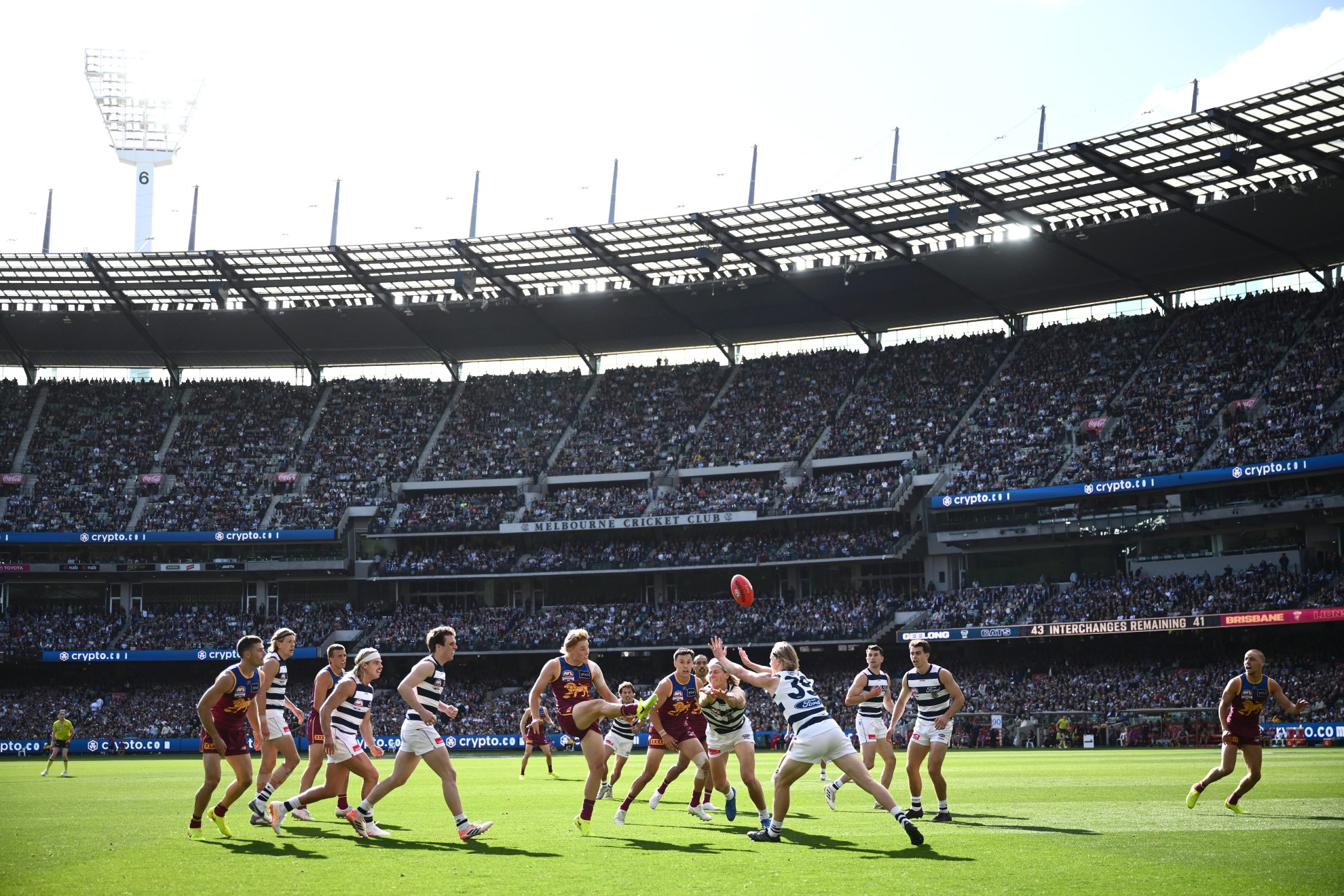
(Above: Photography AAP: Joel Carrett)
The 2025 AFL season has wrapped, culminating in a nation-stopping Grand Final on Saturday where the Brisbane Lions claimed the premiership.
This year, three venues designed or contributed to by COX played host to finals rounds – Adelaide Oval, Optus Stadium and the Melbourne Cricket Ground.

Every state featured in the Finals, Gather Round drew over 231,000 fans, and the Grand Final was only two people short of capacity. But while the numbers impress, they’re only the surface of the story. Beyond the turnstiles lies the real impact: how stadium architecture shapes the way Australians gather, celebrate, and engage with sport and culture.
Stadiums are among the most complex and iconic building types in the country. They are cultural landmarks, civic stages, and multipurpose hubs, hosting everything from elite football and international concerts to community events. Their success depends on a careful balance of scale, flexibility, identity, and urban context.
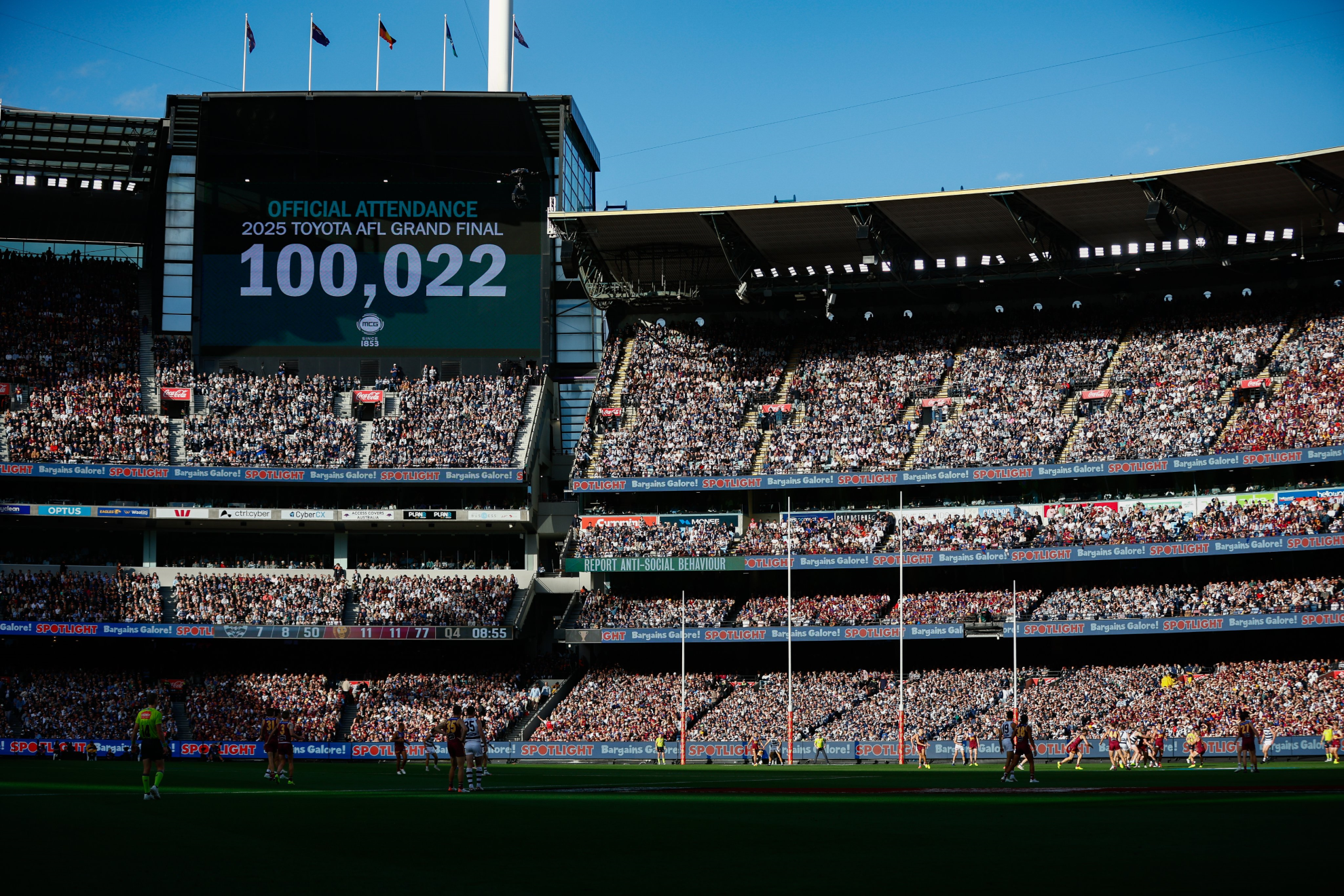
The 2025 Grand Final
The 2025 AFL Grand Final saw Geelong Football Club take on the Brisbane Lions. The Brisbane Lions won by a margin of 47 points, marking the club’s second straight premiership and their fifth overall.
It wasn’t only a great game – but a significant boost for the local economy.
The AFL finals series kept hotels, restaurants, and local businesses buzzing: by Wednesday last week, more than 20,000 hotel rooms had already been booked for the Friday and Saturday nights of Grand Final weekend, with final numbers expected to rise further. Travelling Brisbane Lions fans contributed to this surge, forming part of the 120,000 arrivals at Melbourne Airport.
At the Melbourne Cricket Ground, the influx of fans also supported food, beverage, and merchandise vendors, showcasing how major stadiums act as economic engines, driving tourism, hospitality, and broader local business activity.
And entertainment also found its place in the stadium: Snoop Dogg’s pre-final performance drew 3.8 million viewers, the most watched pre-final entertainment in history.
(Below: Photography AAP: Joel Carrett)
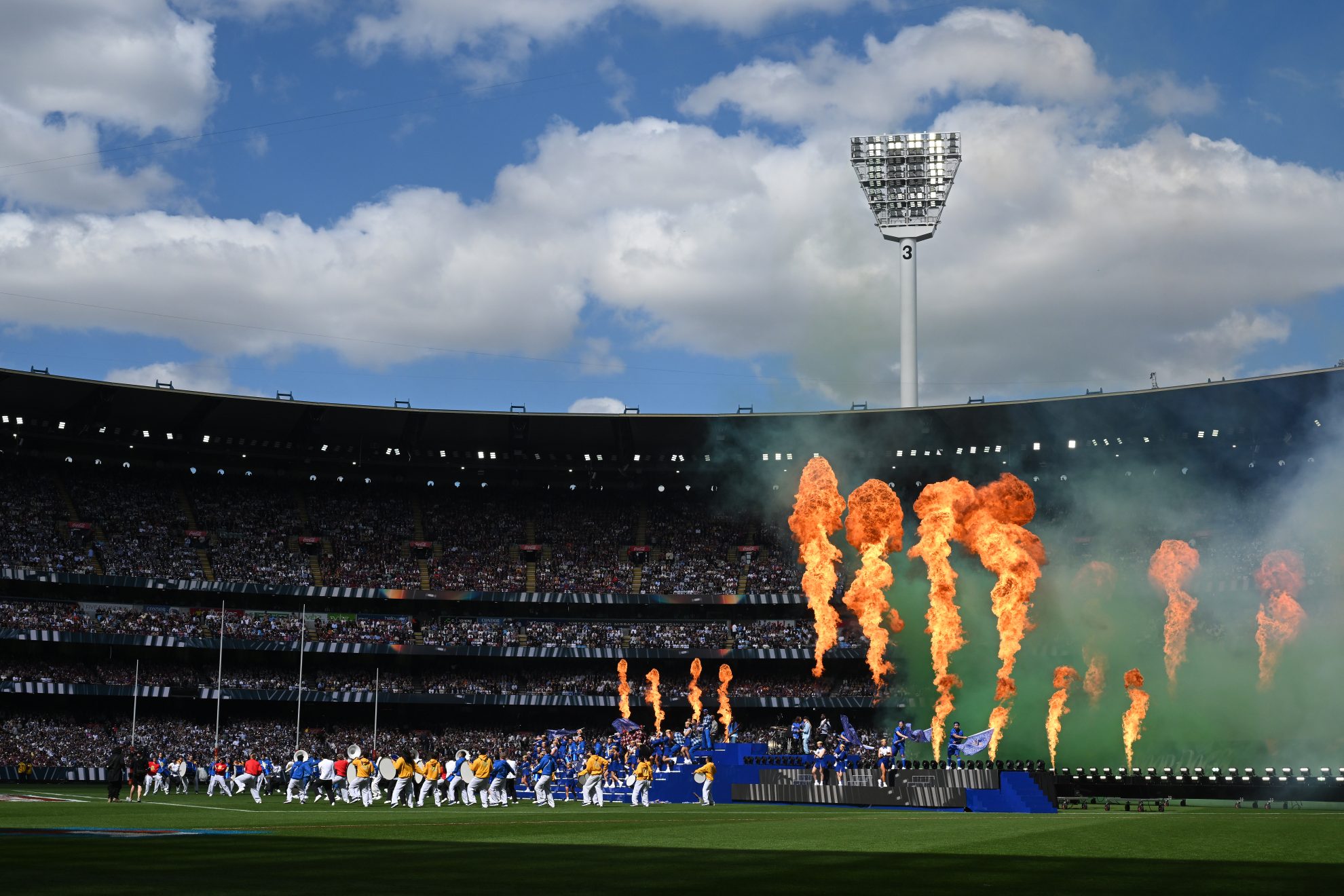
MCG continues to set records
The MCG remains Australia’s benchmark for scale, adaptability, and spectacle. In 2025, it set multiple records: Geelong versus Hawthorn drew 99,567 fans – the largest non-Grand Final crowd since 1971 – while the combined preliminary finals attracted 195,590, marking the biggest preliminary final weekend in history.
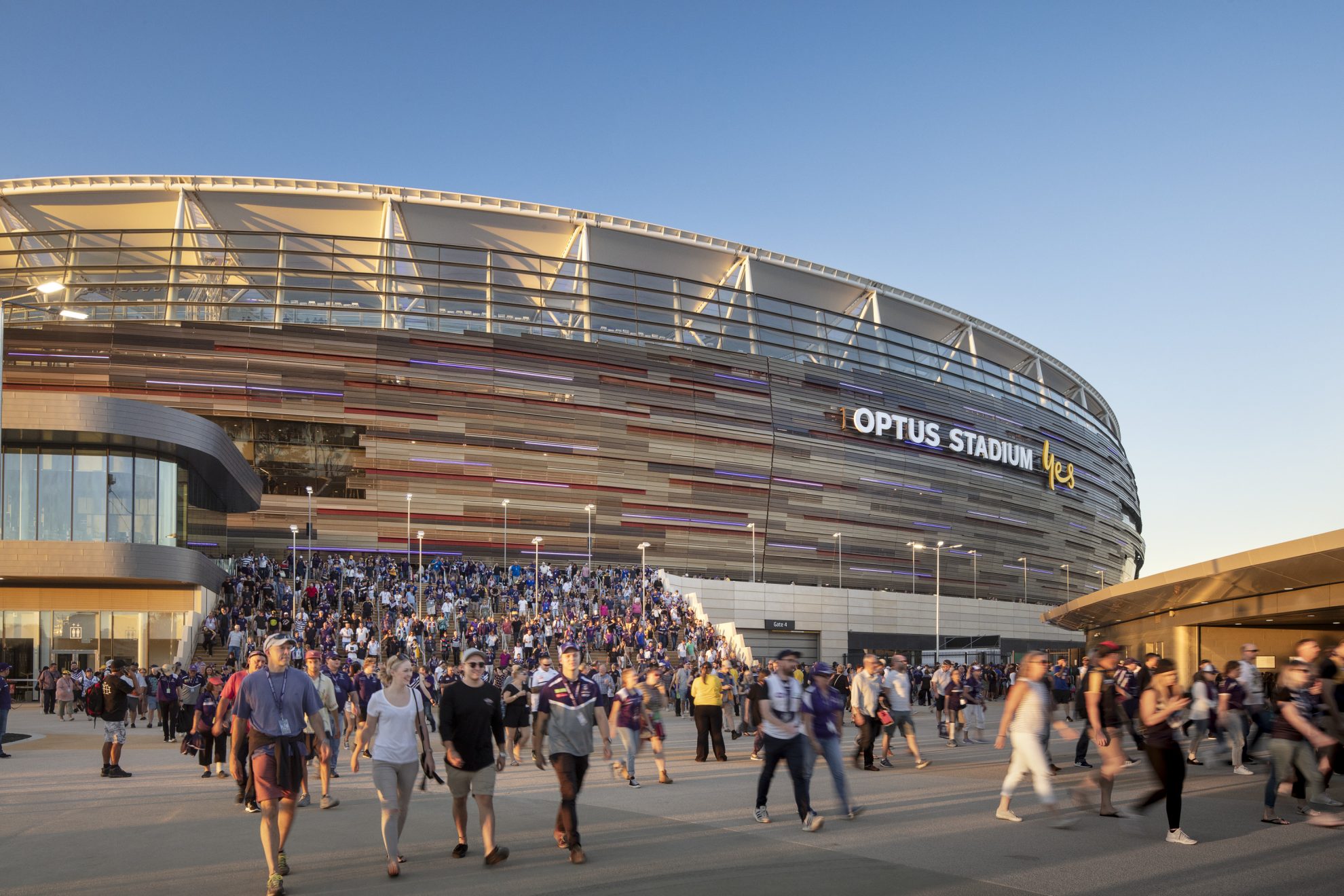
Optus Stadium thrives with AFL, and proves versatility across codes
Optus Stadium in Perth hosted over one million fans during the AFL season, including a record-breaking elimination final of 57,507 – Fremantle versus Gold Coast Suns, marking the Suns’ first-ever finals win.
The stadium’s versatility was further showcased in 2025. In June alone, more than 350,000 fans passed through the gates for eight major events across AFL, NRL, Rugby Union, and Soccer. From the State of Origin clash between Queensland and New South Wales to three AFL games in six days – and the long-anticipated return of the British and Irish Lions – the schedule was relentless, but the stadium rose to the occasion every time.
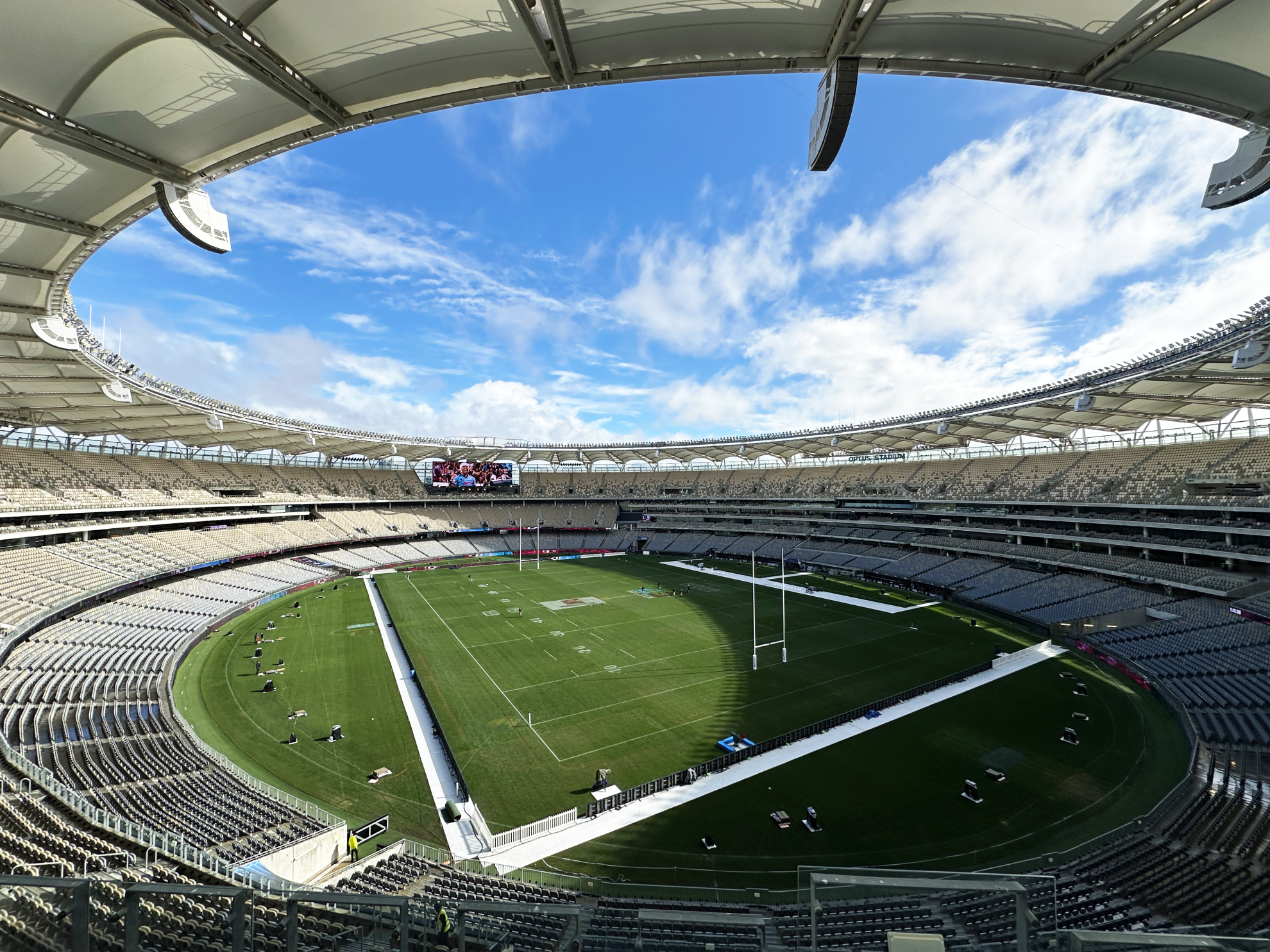
Adelaide Oval – a year-round favourite
At Adelaide Oval, more than 1.22 million fans attended across the season, with an average crowd of 42,211, up from 40,798 in 2024. Round 23’s Adelaide–Collingwood clash drew 54,283, while finals matches collectively brought over 104,000 people into the stands. The Oval’s hybrid design, blending heritage fabric with contemporary interventions, continues to define it as a true civic asset. And with the home ground advantage of Adelaide Oval, the Crows were able to secure their title as minor premiers.
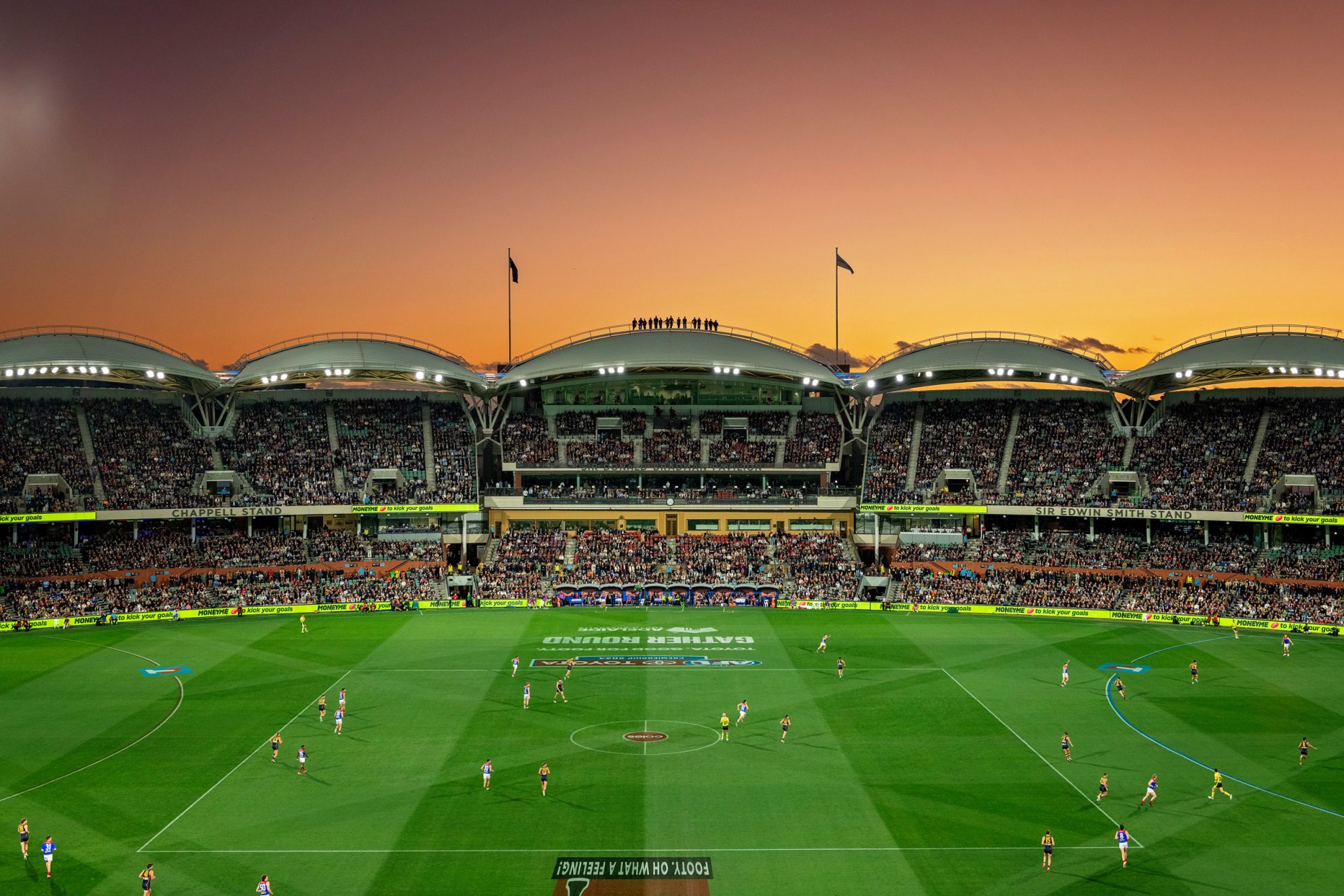
The 2025 AFL season underscores an enduring truth: when architecture, sport, and community converge, the results are transformative. Great design is as essential to Australia’s sporting culture as the games themselves.